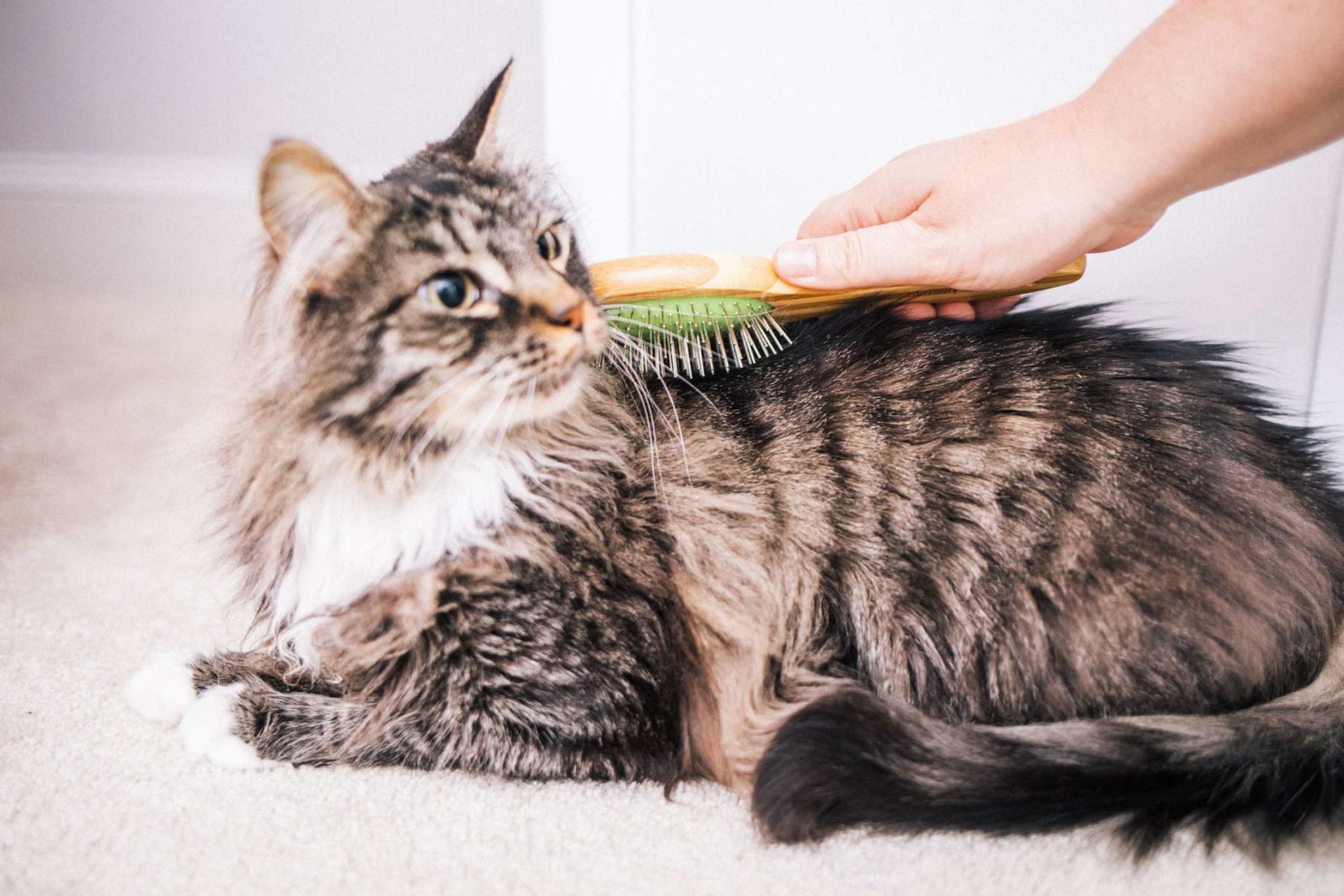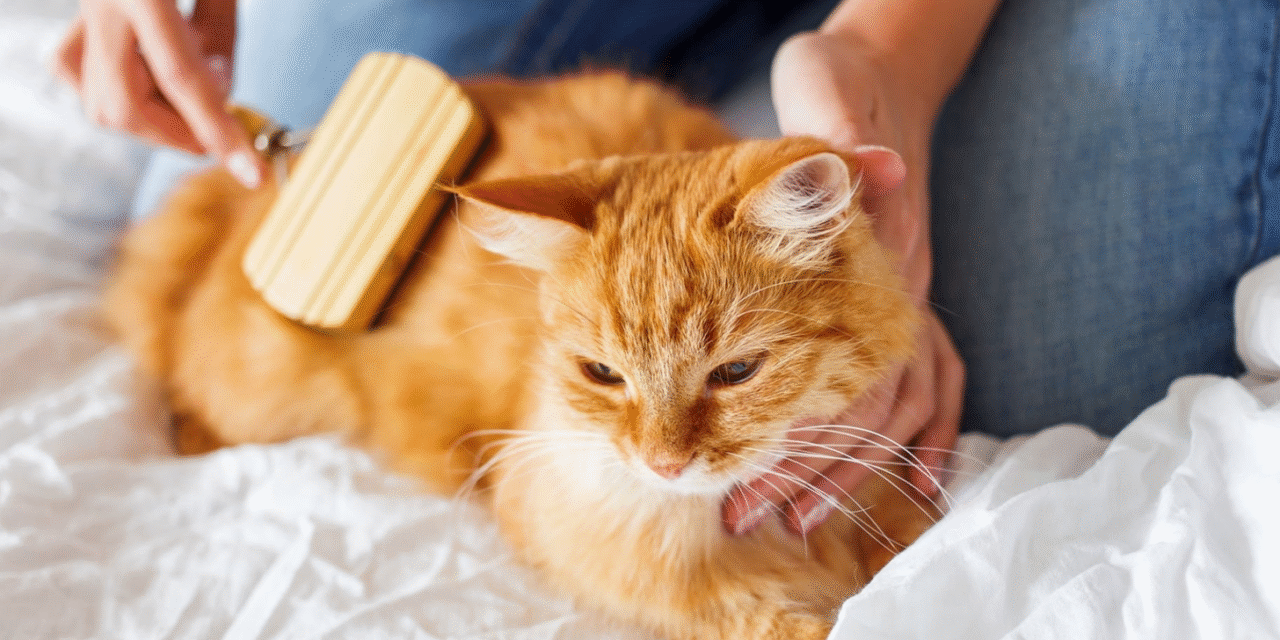If you’re a cat parent, you already know that these furry companions are equal parts independent and affectionate. But behind those calm purrs and aloof stares lies a need for thoughtful, consistent care. Whether you’re a first-time cat owner or a seasoned feline friend, taking care of a cat involves more than just feeding and petting—it’s about understanding their needs, respecting their quirks, and creating an environment where they feel secure and loved.
Here’s a straightforward guide to keeping your cat healthy, happy, and thriving.
1. Feeding: Quality Over Quantity
Cats are natural hunters, so they thrive on protein-rich diets. Whether you choose wet, dry, or raw food, always check the ingredients. Look for real meat as the first item and avoid fillers like corn or soy. Portion control is important too—overfeeding can lead to obesity and health issues.
And don’t forget water! Some cats don’t drink enough, especially if they eat dry food. Consider a cat water fountain to encourage hydration—it’s like a mini spa for your pet.
2. Litter Box Basics
A clean litter box isn’t just a courtesy; it’s essential for your cat’s health and comfort. Scoop daily and change the litter completely every week. Cats are picky—if their box is dirty, they may find another spot to relieve themselves (and no one wants that surprise on the carpet).
Place the box in a quiet, low-traffic area and always have one more litter box than the number of cats in your home. So, two cats? You’ll need at least three boxes.
3. Grooming and Hygiene
Even though cats are self-cleaners, a little grooming help from you goes a long way. Brush them regularly to reduce shedding and hairballs. Long-haired breeds like Persians need daily brushing, while short-haired cats may only need it once or twice a week.
Trim their nails every few weeks and keep an eye on their ears and teeth. Dental health is often overlooked, but gum disease can lead to serious complications. If your cat lets you, brush their teeth with a vet-approved toothpaste. If not, ask your vet about dental treats or cleanings.
4. Enrichment and Play
Cats may sleep up to 16 hours a day, but that doesn’t mean they want a boring life. Toys, climbing trees, puzzle feeders, and regular playtime can help your cat stay active and mentally stimulated. Laser pointers and feather wands are great for tapping into their inner hunter.
Scratching posts are essential too—they help cats stretch, mark territory, and keep their claws in shape. Without one, your sofa may become the next target.
5. Health and Vet Visits
Routine vet visits (once a year for healthy adult cats) are key to catching potential issues early. Vaccinations, parasite prevention, and checkups should never be skipped.
Watch for signs that something might be off: sudden changes in appetite, behavior, litter habits, or weight could indicate a medical issue. Don’t wait—cats are experts at hiding pain.
6. Safe Spaces and Social Needs
Cats love having a space of their own, whether it’s a cozy bed by the window or a box in the corner. Respect their need for alone time, especially when they retreat to a quiet spot.

While some cats are social butterflies, others prefer their solitude. Get to know your cat’s personality and let them set the pace for affection and interaction.
Final Thoughts
Caring for a cat means tuning in to their rhythms and recognizing that they’re not just pets—they’re companions with distinct personalities. A well-cared-for cat can bring years of comfort, fun, and unconditional love.
Cat Feeding Guide | How Much & How Often To Feed Kittens & Adult Cats










